Refractive errors are a common cause of blurred vision. They happen when the shape of the eye changes and fails to bend the light entering the eye correctly. Here are the common types of refractive conditions and how to treat them.
Types of Refractive Errors
There are four common types of refractive errors:
- Myopia – Sometimes called nearsightedness, this type of refractive error makes far-away objects look blurry. It is more commonly detected in children or teenagers and occurs when the eye is too long or the cornea too curved. This caused light rays to focus in front of the retina rather than on it. As a result, although people with myopia may focus on nearby objects well, they may struggle to see things that are a bit farther away.
- Hyperopia – Sometimes called farsightedness, this condition can make nearby objects look blurry, or require more effort to make things clear. This happens when the eye is too short or the cornea too flat. It is often present at birth and may get gradually worse over time. Since this condition causes light rays to focus behind the retina, a person with hyperopia may struggle to focus on near objects. They may for instance experience this while they are reading, using their smartphone, or even studying.
- Astigmatism – This condition makes both far-away and nearby objects look blurry. This occurs when the shape of the cornea or lens is irregular, causing the light entering the eye to scatter and resulting in distorted or blurred vision. Astigmatism can be quite complex to treat as it is often accompanied by other refractive errors, such as myopia or hyperopia.
- Presbyopia – This condition makes it difficult to focus and see things up close. It is also known to be an age-related condition. Indeed, while most refractive errors begin in childhood or during the teen years, presbyopia often manifests in adults over 40. Over time, the eye loses flexibility, making it more difficult to focus on near objects. Due to this, people with presbyopia may find it difficult to read small print.
Symptoms of Refractive Errors
Blurry vision is just one symptom of refractive errors. Others include the following:
- Double vision – When the eyes are unable to focus properly, the brain may perceive two images instead of one.
- Hazy vision – If light does not enter the eyes properly, it can cause blurry or hazy vision.
- Seeing halos around lights – Irregularly shaped cornea or lens can cause a person to see bright halos around light sources.
- Squinting – This is a common reflex among people who suffer from refractive errors and occurs when they to improve their focus.
- Headaches – If you have a refractive error, you may be prone to headaches due to eye strain.
- Sore or tired eyes – This happens when the eyes are straining harder to compensate for refractive errors.
- Trouble focusing while reading or at a computer – This is a common symptom of refractive errors such as hyperopia, astigmatism, and presbyopia.
Symptoms can emerge slowly, and you may not notice them. That’s why regular eye exams are essential to keep you seeing clearly. An eye doctor can diagnose refractive errors and suggest ways to help you see better.
Causes of Refractive Errors
There are three common causes of refractive errors:
- Eyeball length – If the length of the eyeball is too long or too short, the light won’t hit your retina at the correct angle for you to see clearly.
- Cornea shape – The transparent outer layer of the eye can change shape, be damaged or can bulge, affecting how light enters the eye.
- Aging lenses – Over time your lens loses flexibility and can get cloudy, leading to blurry vision.
You may be more at risk of developing a refractive error if your parents or other family members wear glasses or contact lenses.
Treatments for Refractive Errors
If your eye doctor discovers you have a refractive error during a general eye exam, they may recommend the following treatments:
- Eyeglasses – Your optometrist will prescribe an eyeglass lens to correct the refractive error and help you see clearly. Eyeglasses offer a quick solution to restore clear vision without the need for surgery.
- Contact lenses – Like eyeglasses, contact lenses will correct the way light enters your eye. They sit on the surface of your eye, and your eye doctor will show you how to use them. Contact lenses come in various types, thus offering patients more flexibility regarding their vision correction treatment.
- Surgery – Some types of laser eye surgery can change the shape of your cornea and correct your refractive error. There are also non-laser surgery options for certain refractive errors. Your eye doctor will know if you’re a good candidate for surgery.
- Myopia control for children – In addition to traditional treatments, children now have access to new emerging methods for the treatment of myopia. These techniques include the use of atropine drops, specialized contact lenses, and even orthokeratology, where children can be fitted with gas permeable contact lenses that they can wear overnight. The goal of these new techniques is to elongate the eyeballs and ensure better long-term vision health.
Schedule an Eye Exam in Edmonton
At Optometrists’ Clinic Inc., we can diagnose refractive errors and prescribe eyeglasses or contact lenses to help you see clearly. Contact one of our eye clinics today in Edmonton, Westlock or Leduc to schedule an appointment with an optometrist and get a general eye exam.




